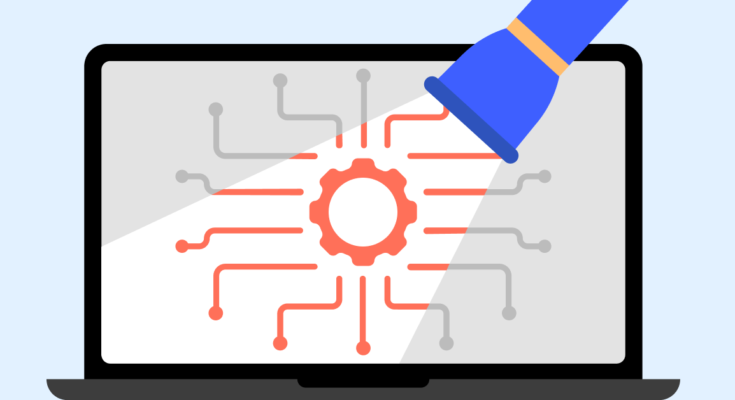IP booting software has become increasingly sophisticated in recent years. These tools are designed to flood target systems with traffic, potentially overwhelming their resources and causing disruptions. Using such software for malicious purposes is unethical, but understanding its features is crucial for cybersecurity professionals.
User interface and accessibility
Most IP booting software is designed with the user in mind. The interface is typically intuitive, allowing even those with limited technical knowledge to operate the tool. Standard features of the user interface include:
- Dashboard – A centralized control panel that displays attack status, available resources, and other relevant information.
- Target input – A field where users enter information about the target system.
- Attack configuration – Options to customize various attack parameters, such as duration, intensity, and type.
- Real-time statistics – Graphs and charts that show ongoing attacks’ progress and impact.
Attack methods and protocols
IP booting software often supports multiple attack methods and protocols, allowing users to choose the most effective approach for their target. Some common attack types include:
- UDP flood – Sends many UDP packets to random ports on the target system.
- TCP SYN flood – Exploits the TCP handshake process by sending SYN requests.
- HTTP flood – Overwhelms web servers with high volumes of HTTP GET or POST requests.
- ICMP flood – Bombards the target with ICMP echo request packets.
- DNS amplification – Exploits DNS servers to generate traffic directed at the target.
Customization options
To increase effectiveness and evade detection, IP booting software often includes various customization options:
- Packet size – Users can adjust the size of individual packets sent during an attack.
- Spoofing – This enables falsifying source IP addresses to hide the attacker’s identity.
- Randomization – This technique introduces randomness in packet content, timing, or source ports to make the attack appear more realistic.
- Payload customization – Users craft specific payloads for application-layer attacks.
Botnet simulation
Advanced IP booting software may simulate a distributed botnet:
- Multiple attack vectors – Launches attacks from various sources simultaneously.
- Geographically diverse IPs – Use IP addresses from different regions to mimic a global botnet.
- Traffic distribution – Spreads attack traffic across multiple sources to avoid detection.
Scheduling and automation
IP booting tools offer scheduling and automation capabilities.
- Timed attacks – Users can set specific attack start and end times.
- Recurring attacks – Enables repeated attacks at regular intervals.
- Conditional triggers – Attacks based on certain conditions or events.
Resource management
Efficient resource utilization is crucial for sustained attacks. IP booting software often manages available resources:
- Bandwidth allocation – Controls the distribution of available bandwidth across multiple attacks.
- Server management – Users can add, remove, or prioritize attack servers.
- Resource monitoring – Provides real-time information on resource usage and availability.
Test the strength and resilience of a server against DDoS attacks to determine how well it manages high traffic levels. While IP booting software is often associated with malicious activities, similar tools are available to test a server’s strength and resilience against DDoS attacks. Authorized penetration and stress testing are crucial for organizations to identify vulnerabilities and improve defence mechanisms. However, such testing should only be conducted with explicit permission and under controlled conditions.




